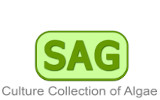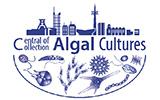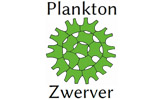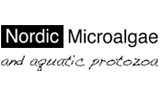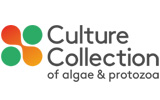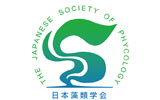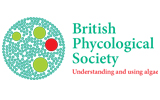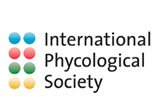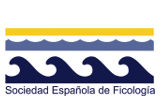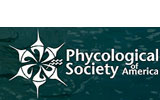Tolypella canadensis Sawa 1973

Current name:
Sawia cadadensis (Sawa) R.E.Romanov
Lake Seglvatnet, Glomford is a high mountaim lake (Tolypella canadensis lake). Charophytes were found down to 17 m. - 12 August 2009.
Publication Details
Tolypella canadensis Sawa 1973: 480, figs 10–15, 20–22
Published in: Sawa, T. (1973). Two new species of Tolypella (Characeae) from North America. Journal of Phycology 9(4): 472-482.
Type Species
The type species (lectotype) of the genus Tolypella is Tolypella nidifica (O.F.Müller) A.Braun.
Status of Name
This name is currently regarded as a synonym of Sawia cadadensis (Sawa) R.E.Romanov.
Source of Synonymy
Romanov, R.E. (2025). Sawia gen. nov., and new combinations in Sphaerochara (Characeae, Charophyceae). Notulae Algarum 367: 1–4.
Type Information
Holotype locality: Ontario, Canada: Thunder Bay District: the shore of Lake Superior at Rossport Provincial Picnic Park, along Trans-Canada Hwy. (= Ont. Hwy 17) 0.2 mi east of Rosssport; (Sawa 1973: 480) Holotype: Sawa-Hotchkiss-Thorpe 70-7-20-3; 20 July 1970; (Sawa 1973: 480)
General Environment
This is a freshwater species.
Description
The plants are normally between 4-30 cm high. The axis is to 400 μm in diameter. The plants are green, unencrusted, Nitella-like, but unlike this it is stiff. The sterile branchlets are undivided, with 2-3 segments. The fertile branchlets have commonly the gametangia in dense heads. The distal cells of dactyls form a mucro, which is an important taxonomic character. The species is monoecious. The oogonia are 1-4 aggregated, to 700 μm long and often stalked. The oospore is brown. The antheridia are up to 400 μm in diameter and stalked.
Habitat
Tolypella canadensis is found in oligotrophic lakes and rivers with relatively low water temperatures. Many of the lakes are of the lagoon type, often with streaming water. Localities with T. canadensis are clear water lakes, and the species is found down to 9-13 m. The species is often found in mixed populations with Nitella opaca and N. flexilis. These can be a reason why the species has been overlooked. The species is perennial and is often found sterile. Ripe oospores are not common, but are nevertheless found in several localities. Tolypella canadensis is probably one of the few charophytes adapted to northern (polar) environments (another species can be Nitella wahlbergiana).
Key Characteristics
Without cortex, Nitella-like, stiff appearance, end cell of dactyls form a distinct mucro.
Similar Species
No similar species are known.
Created: 25 October 2006 by M.D. Guiry.
Last updated: 02 April 2025
Verification of Data
Users are responsible for verifying the accuracy of information before use, as noted on the website Content page.
Nomenclatural note
Synonym
Nitella mucronata f. haplophylla Hasslow 1939
- (27 May 2009)
Habitat note
Tolypella canadensis is found in oligotrophic lakes and rivers with relatively low water temperatures. Many of the lakes are of the lagoon type, often with streaming water. Localities with T. canadensis are clear water lakes, and the species is found down to 9-13 m. The species is often found in mixed populations with Nitella opaca and N. flexilis. Thes can be a reason why the species has been overlooked.
The species is perennial and is often found sterile. Ripe oospores are not common, but are nevertheless found in several localities.
Tolypella canadensis is probably one of the few charophytes adapted to northern (polar) environments (another species can be Nitella wahlbergiana). - (27 May 2009)
Linking to this page: https://www.algaebase.org/search/species/detail/?species_id=131523
Citing AlgaeBase
Cite this record as:
M.D. Guiry in Guiry, M.D. & Guiry, G.M. 02 April 2025. AlgaeBase. World-wide electronic publication, National University of Ireland, Galway. https://www.algaebase.org; searched on 11 June 2025
 Request PDF
Request PDF

